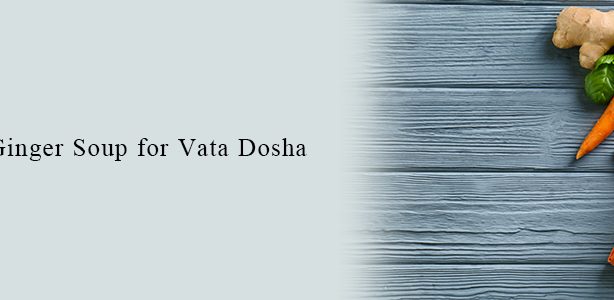How do we nourish the seven tissue layers, termed in Ayurveda as dhatu, for our well-being? In Ayurveda, dhatu or tissue layers or the structures that make up the body are as follows: rasa (plasma), rakta (blood), mamsa (blood), medas (fat), majja (bone marrow/nerve); asthi (nerve tissue) and Shukra (reproductive tissue).
As per gastroenterologists, the time to digest food that passes through your digestive tract is from 24 hours to 72 hours. In Ayurveda, emphasis is laid on subtle digestion, which impacts everything from health to longevity to appearance and mood. The subtle digestion kicks in only after the third phase of digestion, i.e., when the food enters the large intestine. This takes an average of seven hours after your food intake. What’s more, it further takes time for our bodies, i.e., seven tissue layers, what we call dhatu, to be nourished.
It is from the food only we are getting the required nourishment to all the tissues in our body. Therefore, it is important we look at what we digest, both emotions and food. Now let’s examine the first three dhatus – rasa (plasma), rakta (blood), and mamsa (blood), here.
Rasa Dhatu
The first tissue or Rasa dhatu is produced immediately after digestion. For, the essence of the food circulates all over the body and nourishes all the body’s tissues. This can be contrasted to the plasma part of the blood. It has a heavy nourishing water-like quality. When this tissue is nourished, you will notice that you feel pretty happy, warm, and loving at an emotional level, while intellectually, you will be in your elements, besides the strong memory. Physically too, you will have very soft, lustrous skin and talk slowly with a low and deep voice. If it is not nourished, the deficiencies you would notice include dryness in the skin, fatigue, blackouts, shivering, and excessive thirst.
Rakta Dhatu
The second tissue includes red blood cells, the heart, spleen, liver, bone marrow, and arteries. The second tissue moves oxygen into your cells while carrying hormones and vitamins, regulating your body temperature. It helps form blood clots and takes the waste from the liver, kidneys, and intestines. You can be easily identified when you are in an optimal state of Rakta, as you will have healthy, robust, and glowing cheeks, hands, tongue, and neck. At the same time, your nails will be a healthy pink color, your eyes will look attractive, and you will feel gentle, loving, and giving. You won’t be able to bear the scorching sun. Deficiency signs are bleeding from the nose and gums, internal bleeding, burning sensations, hair loss, skin swelling, rashes, mood swings like anger, hatred, jealousy, and the cravings you have for meat.
Mamsa Dhatu
Mamsa dhatu is matched to muscle tissue, ligaments, and skin. Besides supporting inner organs like the heart, lungs, and pancreas, it fosters an internal sense of strength, courage, and self-confidence. What’s more, it is nourished by the rakta or blood, while its key function is to stick to the bones and help them with movement and further give shape to the body parts. A nourished mamsa dhatu signifies that your body will be firm and muscular physically. Your posture will be excellent. You will have a firm and healthy face and neck muscles, besides a clear face and facial expressions. You will also feel the overall lightness of your body. As far as the deficiency of mamsa is concerned, you will feel pain, tics, and spasms, while your muscles will be tight or loose. Other symptoms include abscesses or ulcers, swollen tonsils, polyps, and tumors.



